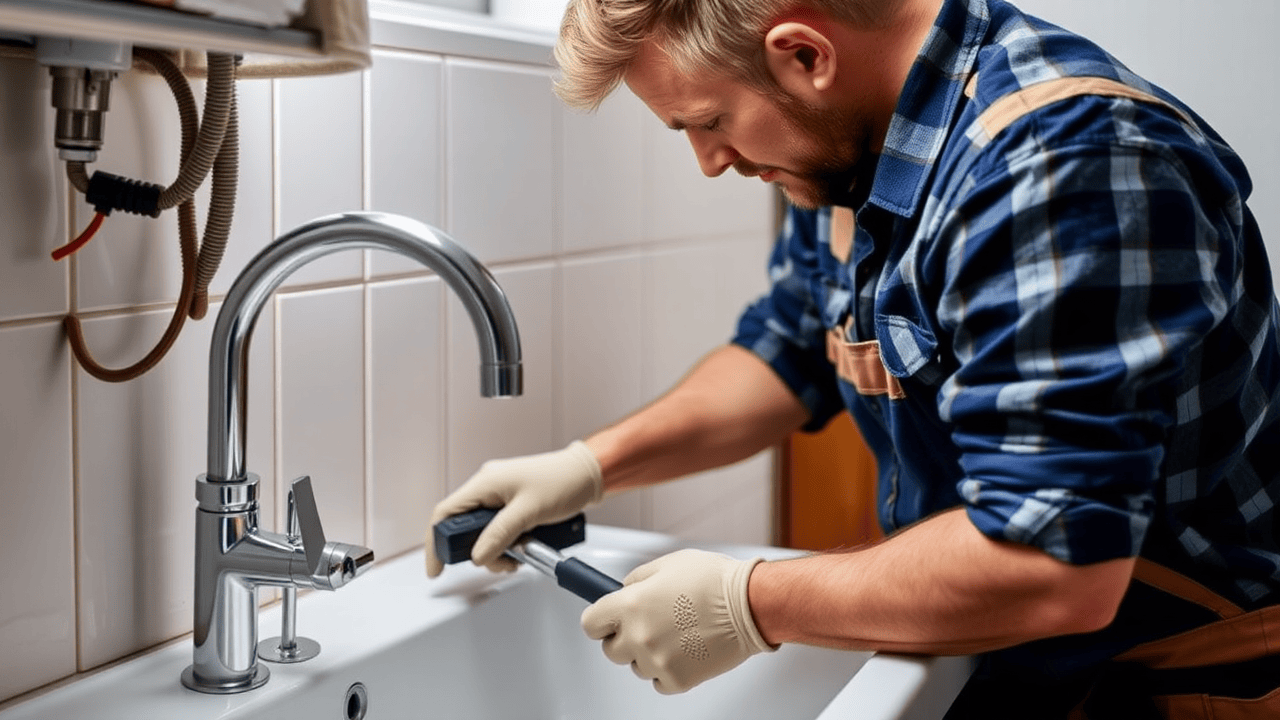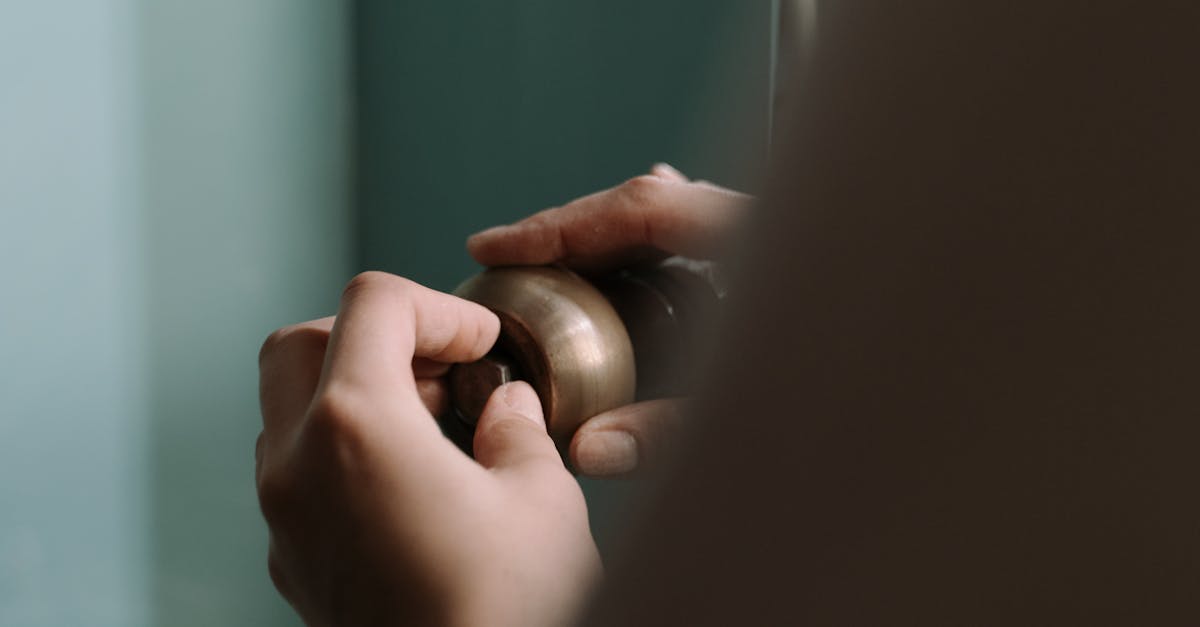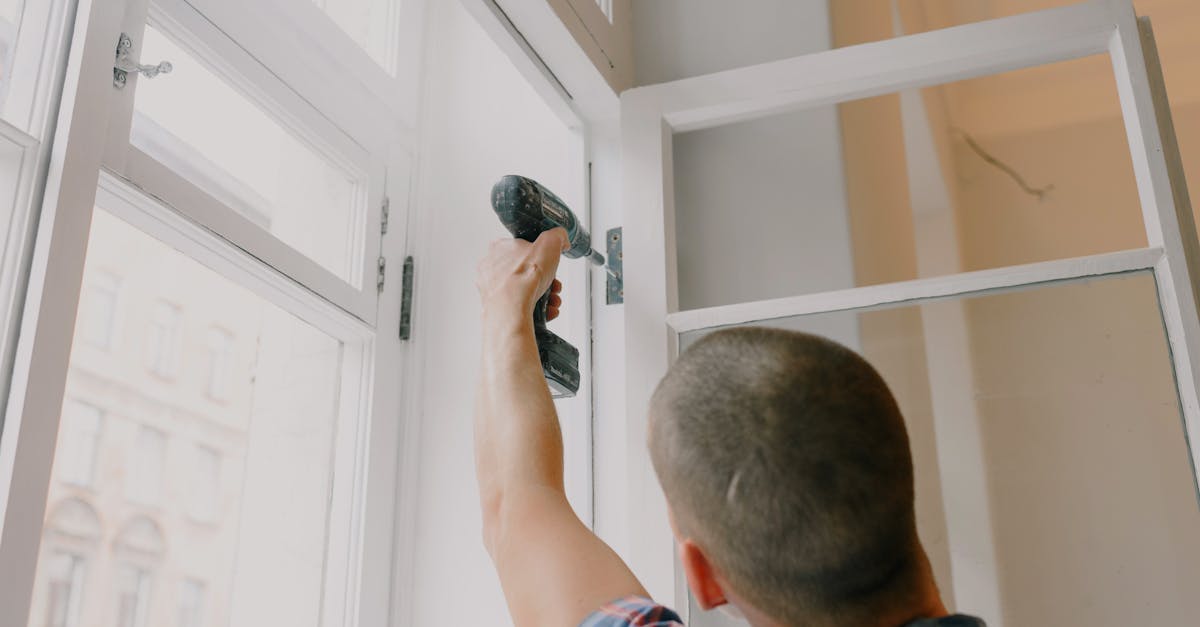
At Sniders Plumbing, we specialize in professional sink installation and repair services tailored to meet your specific needs. Whether you're upgrading your kitchen with a sleek new sink or need prompt repairs for a leaky or damaged unit, our experienced team is equipped to handle it all. We take pride in our meticulous attention to detail and commitment to quality, ensuring that every installation meets the highest standards for durability and functionality. Our friendly technicians are always ready to provide expert guidance, helping you choose the perfect sink that complements your space while addressing any repair concerns swiftly and efficiently. Trust Sniders Plumbing for reliable workmanship and exceptional customer service, making your plumbing projects a hassle-free experience.
Sink Repair Techniques Every Plumber Should Know
Effective sink repair begins with a thorough assessment of the issue at hand. Plumbers often encounter common problems such as leaks, clogs, and damaged fittings. Identifying the source of a leak might require visual inspection under the sink and checking the connections. For clogs, using a plunger or a plumbing snake can often resolve the issue without the need for disassembly. Understanding the specific mechanism at play can save time and reduce frustration during repairs.
Another vital technique involves knowing how to replace components effectively. For instance, changing out a faucet cartridge requires proper tools and techniques to avoid damaging surrounding materials. In cases of a persistent leak, it may be necessary to replace worn washers or seals. Plumbers should also be familiar with the materials utilized in various sink setups, ensuring compatibility with replacement parts. Mastery of these techniques not only aids in effective repairs but also enhances customer satisfaction.
Effective Methods for Common Sink Repairs
Leaky faucets can often be fixed by replacing washers or O-rings. Begin by turning off the water supply, then disassemble the faucet to access worn components. Ensure you have the correct replacements on hand. After replacing the necessary parts, reassemble the faucet and turn the water back on, checking for any remaining leaks.
Clogs in sink drains frequently require clearing with a plunger or a drain snake. Start by filling the sink with a small amount of water to create a seal with the plunger. If plunging does not resolve the issue, inserting a drain snake can help remove stubborn blockages. Always remember to protect your plumbing by avoiding chemical drain cleaners, as they can damage pipes and create further complications.
Choosing the Right Sink for Your Needs
Selecting a sink that fits your specific needs is crucial for both functionality and aesthetics in any space. Consider the style of your kitchen or bathroom and how a sink complements that overall design. Options like farmhouse sinks, undermounts, or vessel sinks each offer unique benefits. The size of the sink should also align with the available space and the volume of usage. A larger sink may be necessary for families or avid cooks, while a smaller sink can suffice for minimalist settings.
Material plays a significant role in sink selection, impacting durability and maintenance. Stainless steel is known for its resilience and ease of cleaning, while porcelain can add a classic touch to a setting. Granite composite offers a modern look with the strength to resist scratches and stains. Evaluate how often the sink will be used, as well as the types of tasks performed, to make an informed decision that will meet your lifestyle needs.
Factors to Consider Before Purchase
When selecting a sink, material choice plays a significant role in durability and aesthetics. Stainless steel is popular for its resistance to stains and rust, while porcelain offers a classic look but may be prone to chipping. Additionally, composite materials can provide an appealing balance of affordability and practical performance. Consider how the sink material will fit into your overall kitchen or bathroom design as well as its functional requirements.
Size and style are crucial factors that influence how well a sink will fit in your space. Measure the sink area to ensure proper dimensions, and factor in the depth and width of the bowl(s) for optimal usability. Choosing between a single or double bowl depends on your cooking needs and space constraints. Pay attention to the sink configuration as well, whether it's undermount, drop-in, or farmhouse, which can dramatically affect both appearance and installation process.
Cost Factors in Sink Installation and Repair
When estimating costs for sink installation or repair, several key factors come into play. The type of sink selected significantly impacts both the initial purchase price and the installation labor required. More complex designs often necessitate additional time and expertise, increasing overall costs. Furthermore, any required materials for plumbing modifications or enhancements can add to the expenditure.
Labor costs can vary depending on the region, the plumber's experience, and the complexity of the job. Emergency repairs, for example, typically incur higher service fees due to the urgency involved. Additionally, understanding the plumbing system already in place may reveal hidden challenges that could lead to unexpected expenses during the installation or repair process. Budgeting for these variables is essential to avoid surprises and ensure a smooth project execution.
Understanding Pricing and Estimates
When evaluating the costs associated with sink installation and repair, several factors come into play. Labor charges typically account for a significant portion of the total expense. The complexity of the installation or the severity of the repair directly impacts the time required to complete the job, leading to varied labor costs. Additionally, geographical location can influence pricing, as plumbers in urban areas may charge more than those in rural settings.
Material costs also contribute to the overall expenses. The choice of sink, along with any fixtures or plumbing materials needed, can vary greatly in price depending on quality and brand. Homeowners should also consider potential hidden costs, such as disposal fees for old sinks or unexpected plumbing issues discovered during installation. Obtaining multiple estimates from different plumbers can provide a clearer picture of the budget and help in making an informed decision.
FAQS
What are some common sink repair techniques that plumbers should know?
Common sink repair techniques include fixing leaks, unclogging drains, replacing faucet parts, sealing sink surfaces, and addressing water flow issues.
How do I choose the right sink for my kitchen or bathroom?
Choosing the right sink involves considering factors such as size, style, material, and functionality based on your space and personal preferences.
What are the typical costs associated with sink installation?
The typical costs for sink installation can vary widely depending on factors such as the type of sink, labor fees, and additional plumbing work required, ranging from $150 to $500 or more.
Can I repair my sink myself, or should I hire a professional?
Many minor sink repairs can be done by homeowners with basic tools and DIY skills. However, for extensive repairs or if you are unsure, it is advisable to hire a professional plumber.
How long does it usually take to install a new sink?
The installation time for a new sink typically ranges from 1 to 3 hours, depending on the complexity of the installation and any additional plumbing work required.


